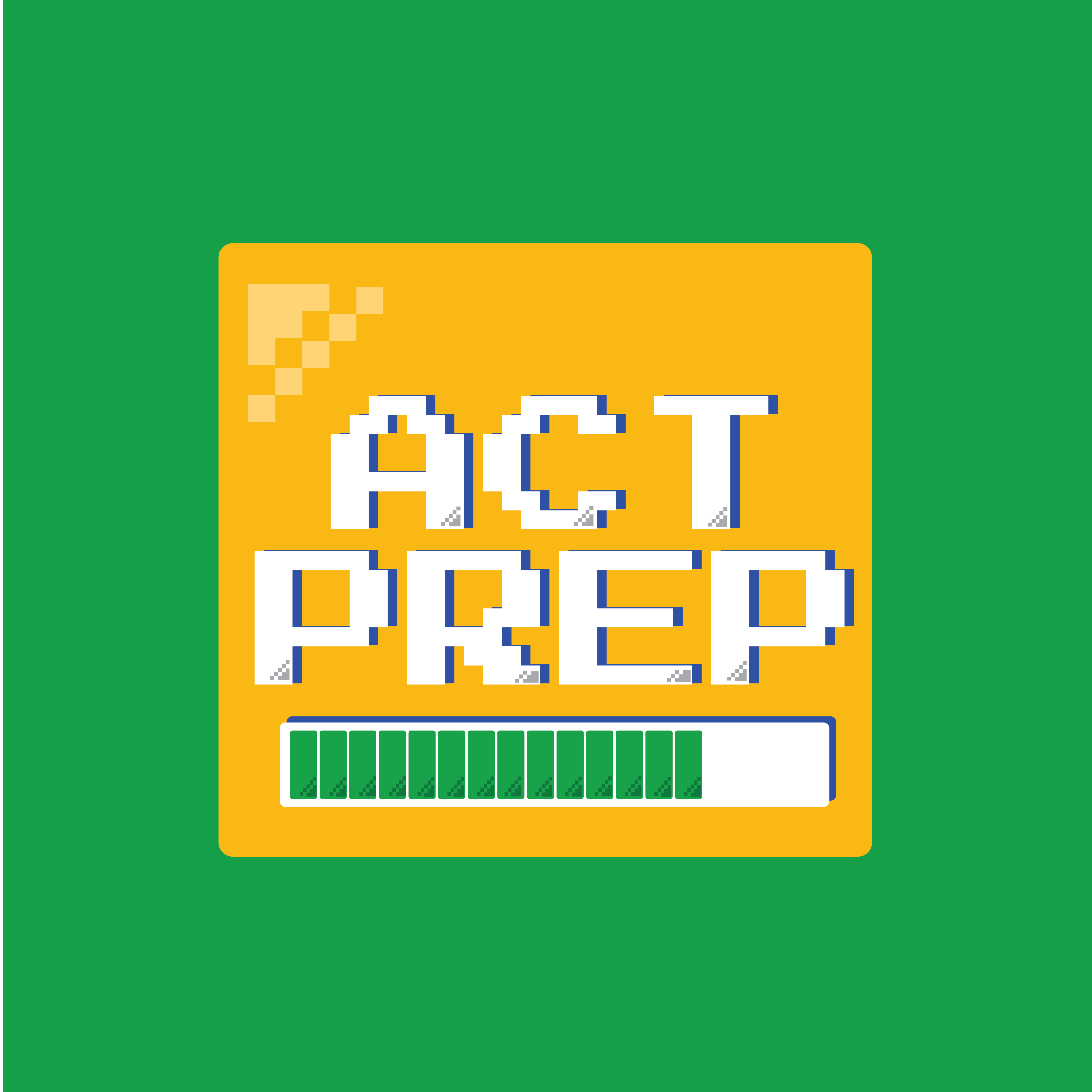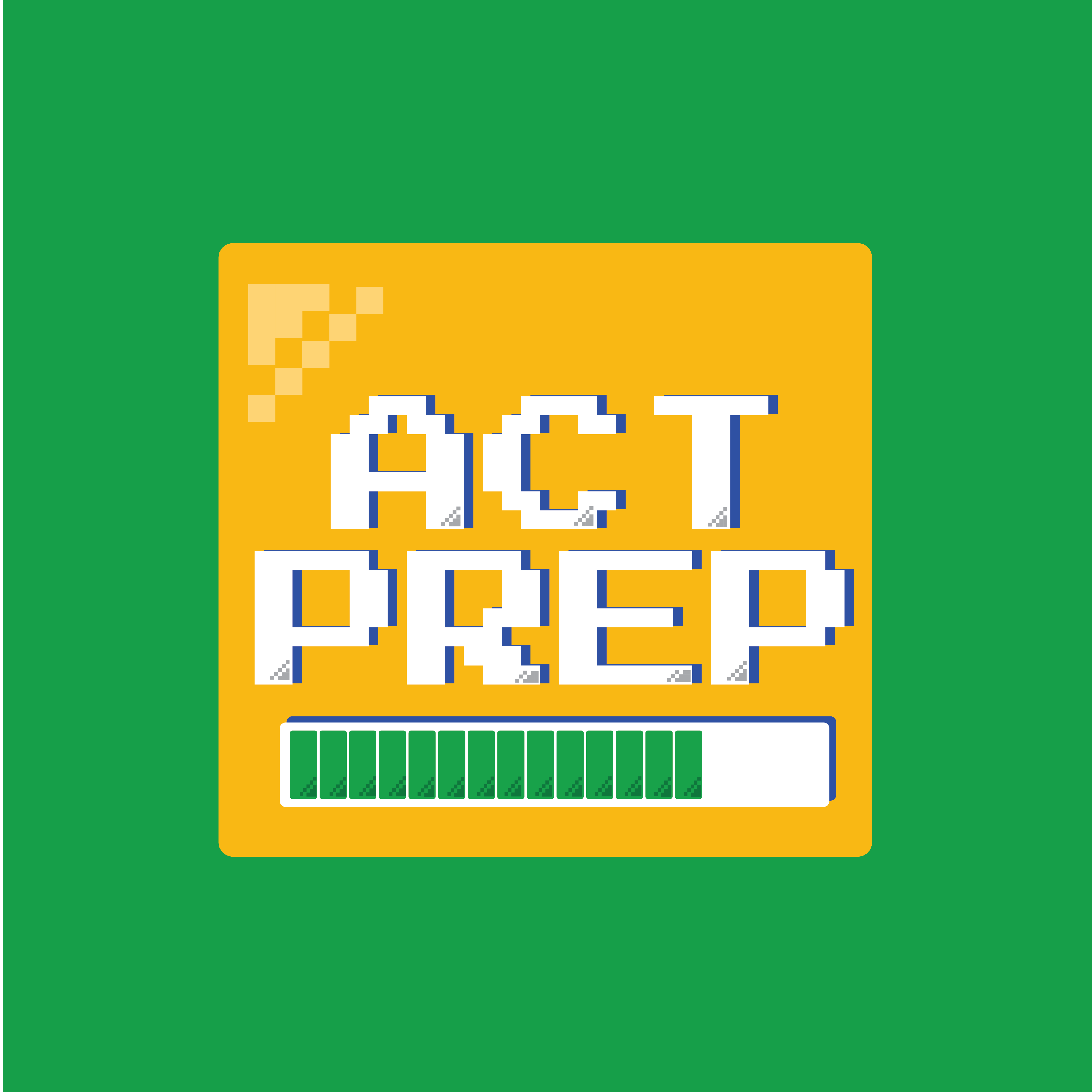Summary
In this English ACT prep activity, students focus on sentence structure conventions. First, students complete a Card Sort activity, matching examples with explanations and the corresponding rules. Then, students apply their understanding of sentence structure and ACT skills through reading a practice passage and answering questions. This is the fourth activity in a 10-week "Power Up" series for ACT prep.
Essential Question
How can I increase my ACT score?
Materials List
Activity Slides (attached)
Sentence Structure Cards handout (attached; 1 set per class)
Skill Sets Check handout (attached; 1 per student)
White Water Worrier handout (attached; 1 per student)
Pen/Pencil
Learning Objectives
Categorize different examples of fragments, tense shifts, and sentence structure errors.
Identify when fragments, verb tense shifts, and sentence structure rules are broken.
Introduction
5 Minute(s)
As students arrive in class, give each student their attached Skill Sets Check handout. Use the attached Activity Slides to facilitate the activity.
Transition through slides 3-4 to introduce students to the essential question and learning objectives. Display slide 5 and explain to students that during this week they will continue practicing for the English portion of the ACT. During this week, the focus is primarily on the category of “Sentence Structure and Format,” which is a major component of “Conventions of Standard English.” This category makes up over 50% of the subject test.
Use slide 6 to introduce students to the Card Sort strategy. Place students in groups of 5. Give each group one set of cards. Have students match the Explanation and Example cards, then sort them under each rule. If you see students struggling, have them use their Skill Set Check handout to see how many Explanations/Examples they can apply to each rule. Give students three minutes to sort their cards. Use the K20 Center timer on slide 7. This is not the time to correct students' thinking, as they will refine their understanding and rearrange, if necessary, as the activity progresses.
Activity
20 Minute(s)
After the timer has gone off, transition to slide 8 and have everyone watch the “Sentences, Fragments, and Run-Ons” video about Rule: Fragments. Stop the video at 2:40. Direct students to write notes about this rule on their Skill Sets Check handout. After the video, answer any questions or clear up any misconceptions. Then, ask the class to reflect on what they just learned and use this new knowledge to determine whether they need to rearrange their cards or not. Give students another two minutes using the K20 Center timer on slide 9 to rearrange, if needed.
Once students are done rearranging their cards, move to slide 10. Have everyone watch the “CC-Style & Grammar” video about Rule: Verb Tense Shifts and direct students to repeat the procedure of taking notes on their handout. Give students time to ask questions and alleviate any misconceptions. Give students one minute using the K20 Center timer on slide 11 to rearrange their cards, if needed.
Repeat the procedure for the third rule. Display slide 12 and show the “ACT English: Sentence Structure” video for Rule: Sentence Structure. Stop the video at 3:16. Then give students another minute to rearrange their cards if need be.
After the last sorting round, briefly transition through slides 13-15 with the “answers” and have students double check to determine they sorted their cards correctly. Give students time to fill in the rest of their handouts.
Wrap-Up
10 Minute(s)
Next, move to slide 16 and briefly introduce some test-taking tips about answer choices. Explain the following in as much detail as you feel necessary:
It’s okay if students choose “NO CHANGE” as there is a 25% chance of its being correct. If a question is asked, students usually expect there to be something wrong. Highlight the fact that they shouldn’t second-guess themselves.
If students are running out of time or they just don’t know the answer, they should make an educated guess. According to Sult (2021), “Often, the most concise answer is the correct one,” so explain how the answer choices can guide their thinking.
Pass out the attached White Water Worriers handout and instruct students to read the passage independently and answer the questions. Warn students that they will have five minutes as that’s about how long it will take to read and answer the questions. There are fewer than the usual 10 questions, which is why the time is less than the usual seven minutes for a passage and corresponding questions. Use the K20 Center Timer on slide 17 and allow students to work silently. Collect the passage at the end of class. Explain that you will review the answers next time as next week’s activity will be a comprehensive review from what students have learned thus far.
Show and explain slides 18-19 which reveal a sneak peek at what will happen next time and also provide students a “side quest” where they will listen for sentence fragments in everyday speech, posts, or other forms of communication and write down the corrected form. Slide 19 provides a fun example of an English teacher correcting the sentence structure of a famous line from an ad. “Got Milk?” is missing a subject and interrogative to make it a complete thought.
Next Step
Complete next week’s activity, “Power Up: ACT English Prep, Week 5,” which will review content covered during weeks 2-4.
Research Rationale
Standardized testing in high schools has long stood as a metric for assessing college readiness and school accountability (McMann, 1994). While there has been debate surrounding the accuracy of such metrics, as well as concerns regarding equity, many institutions of higher education continue to make these scores part of the admissions process (Allensworth & Clark, 2020; Black et al., 2016; Buckley et al., 2020). Aside from admissions, it is also important to keep in mind that standardized test scores can also provide students with scholarship opportunities they wouldn’t otherwise have (Klasik, 2013). Though the topic of standardized testing continues to be debated, effective test prep can ensure that our students are set up for success.
With several benefits to doing well on college admissions tests, it is important to consider how best to prepare students for this type of high stakes test. Those students from groups that may historically struggle to find success, such as those in poverty or first generation college students, especially stand to benefit from effective test preparation (Moore & San Pedro, 2021). The American College Test (ACT) is one option students have for college admissions testing that is provided both at national centers and school sites. Taking time to understand this test including the timing, question types, rigor, and strategies for approaching specific questions can help to prepare students to do their best work on test day and ensure their score is a more accurate representation of what they know (Bishop & Davis-Becker, 2016).
Resources
Allensworth, E. M., & Clark, K. (2020). High school GPAs and ACT scores as predictors of college completion: Examining assumptions about consistency across high schools. Educational Researcher, 49(3), 198-211.
Bishop, N.S. & Davis-Becker, S. (2016). Preparing examinees for test taking: Guidelines for test developers and test users. 2nd edition. Crocker, L. (Ed). In Handbook of Test Development, (pp. 129-142). Routledge.
Black, S. E., Cortes, K. E., & Lincove, J. A. (2016). Efficacy versus equity: What happens when states tinker with college admissions in a race-blind era? Educational Evaluation and Policy Analysis, 38(2), 336–363. http://www.jstor.org/stable/44984542
Buckley, J., Baker, D., & Rosinger, K. (2020). Should state universities downplay the SAT?. Education Next, 20(3).
Chegg. (2017). ACT English: Sentence structure. YouTube. https://www.youtube.com/watch?v=o-3bu54h4EU.
FYC at USF. (2013). CC-style & grammar | Verb tense shifts. YouTube. https://youtu.be/mkAbVuuXVcQ?feature=shared.
K20 Center. (n.d.). Card Sort. Strategies. Retrieved from https://learn.k20center.ou.edu/strategy/147
Kevin Spaans. (2021). Sentences, fragments, & run-ons. YouTube. https://www.youtube.com/watch?v=GJZzAaexLd4.
Klasik, D. (2013).
The ACT of enrollment: The college enrollment effects of state-required college entrance exam testing. Educational Researcher, 42(3), 151–160. http://www.jstor.org/stable/23462378
McMann, P. K. (1994). The effects of teaching practice review items and test-taking strategies on the ACT mathematics scores of second-year algebra students. Wayne State University. https://www.monroeccc.edu/sites/default/files/upward-bound/McMannP.-the-effects-of-teaching-practice-review-items-ACT-mathematics-second-year-algebra.pdf
Moore, R., & San Pedro, S. Z. (2021). Understanding the test preparation practices of underserved learners. ACT Research & Policy. Issue Brief. ACT, Inc. https://files.eric.ed.gov/fulltext/ED616526.pdf
Sult, E. P., & Piqosity. (2021, October 20). ACT English Strategies. Piqosity. https://www.piqosity.com/act-english-strategies-tips/#:~:text=The%20first%20answer%20to%20many,least%20some%20of%20the%20answers.





